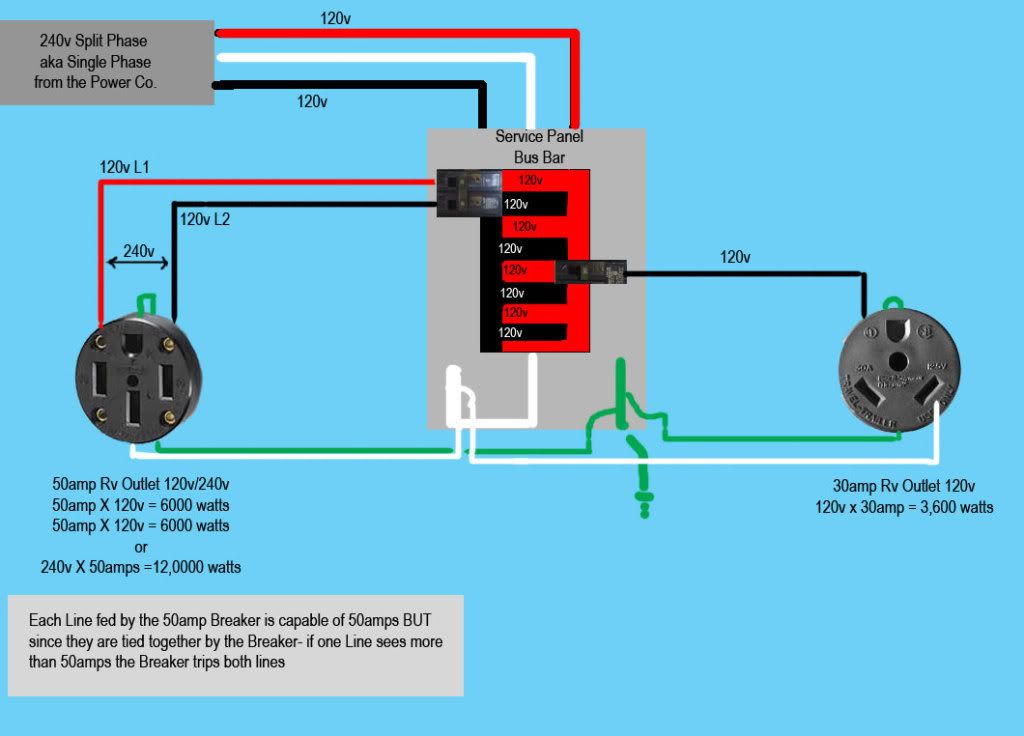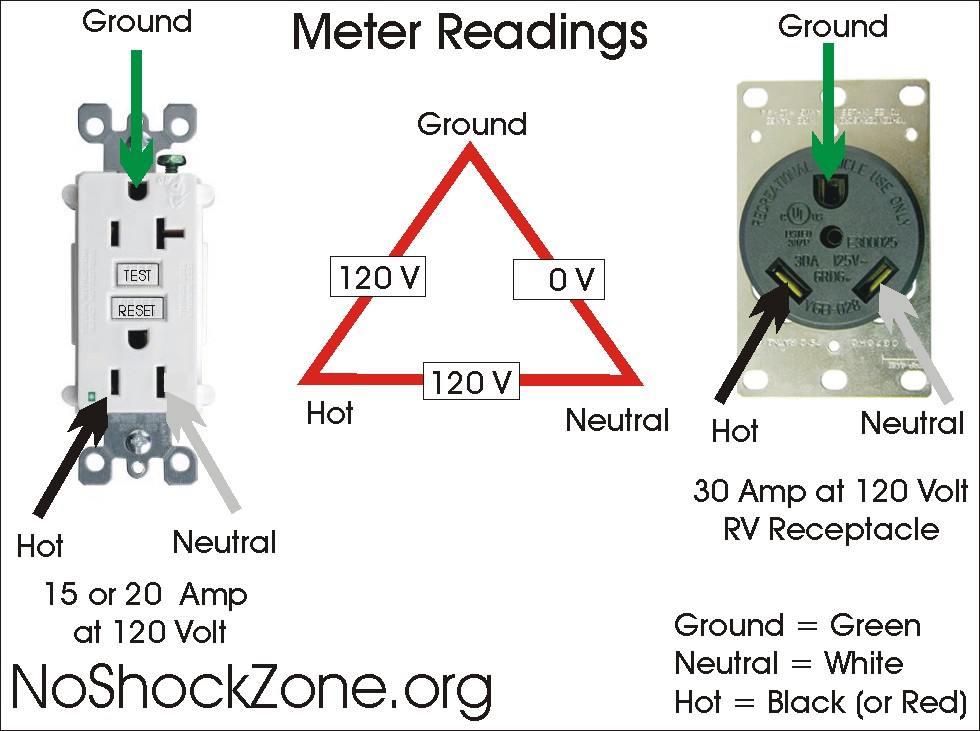mikestock
Dec 30, 2016Explorer
50 amp, 240 volt hookup without equipment ground
My son has purchased a lake house and we found a 50 amp RV plug. I checked it out and it has 120 volts from each leg to neutral and 240 volts between hot legs. The problem is that there is no ground wire attached to the round ground receptacle. I can see no easy way to remedy this without drilling through a brick wall and pounding a rod into the ground. I would be okay doing this if it were my own house. Also, I probably won't be using the hookup that often
Am I taking a great risk by using the outlet, as is, without a ground?
Am I taking a great risk by using the outlet, as is, without a ground?

